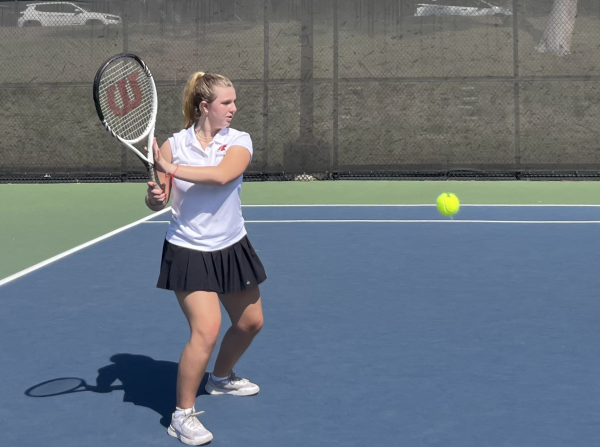Two Boiling Points of View: Artificial and self-defeating
March 30, 2012
Should firehawks have to wear kippot during games?
Members of the Boys Basketball team should not be forced to wear kippot while they play.
Shalhevet supports the idea of challenging the halachic norm when backed by intelligent, thoughtful reasoning supported by tradition, and not wearing a kippah while playing basketball could definitely fall into this category. While the Shulchan Aruch says that one cannot walk four amot without a head covering, it also says that one must pray with a hat on. On a daily basis in any minyan at Shalhevet, almost everyone, including the rabbis, prays without a hat on their head.
Earlier this year, many students made the claim that women shouldn’t carry the Torah because that has not been the practice of Orthodox Jews for hundreds, even thousands of years. The administration, representing the ideals of Shalhevet, scrutinized this point of view and called for a more educated, thought-out approach. But here the administration is using the reverse tactic! The idea that we should wear kippot because “that is the practice of Modern Orthodoxy” is as groundless as saying that women should not carry the Torah because “we just don’t do that.”
There is a principle in psychology that differentiates between intrinsic and extrinsic motivation. Intrinsic motivation is the motivation that arises within a person to perform a certain act, while extrinsic motivation is the outer reward or outside power that motivates a person to do a certain act. Psychological studies have proven that even if a person routinely completed a certain action through internal, intrinsic motivation, once external motivation was applied, many people began to stop that specific action, or do it less often.
Applying this to the kippah situation, the extrinsic mandate to wear a kippah while playing has removed all of the internal motivation one would have for wearing a kippah. I have begun to look at my kippah with resentment, constantly clipping it on and off during practice and counting down the minutes until I can take it off. Was this the goal of the mandate, to cause resentment toward the very thing that the mandate was trying to promote us to do?
As a member of both the tennis and basketball teams, I find the timing and subject of this mandate very perplexing. Is the mandate to wear a kippah only applicable before a Jewish tournament? If so, then is the image of Shalhevet in Jewish circles more important than the students’ actual Jewish identity? What sort of message does this send to our community? Giving the benefit of the doubt to the administration that they have been planning to implement this rule all year, why has the tennis team not received the same mandate?
While reading through the anonymous responses from the community to Rabbi Segal’s letter (which he published in a subsequent e-mail), I came across two that said it was “embarrassing” to watch the Shalhevet vs. YULA game because YULA’s students were wearing kippot and Shalhevet’s weren’t. I see these comments as hurtful and untrue. Our basketball team is just as religious, just as spiritual, and in no way any less worthy just because we played the game without kippot on our heads.
An artificial examination of a person’s religiosity is not something that should be promoted in our Jewish community. Instead, let Shalhevet lead the way in showing the importance of actions over appearance, of internal values over external covers, of true Jewish Identity over minute symbols. Its focus has to be on its students, not the outside world, and here is a golden opportunity to educate, enhance and promote a real Jewish identity among them. This is an opportunity that Shalhevet cannot afford to pass up.












